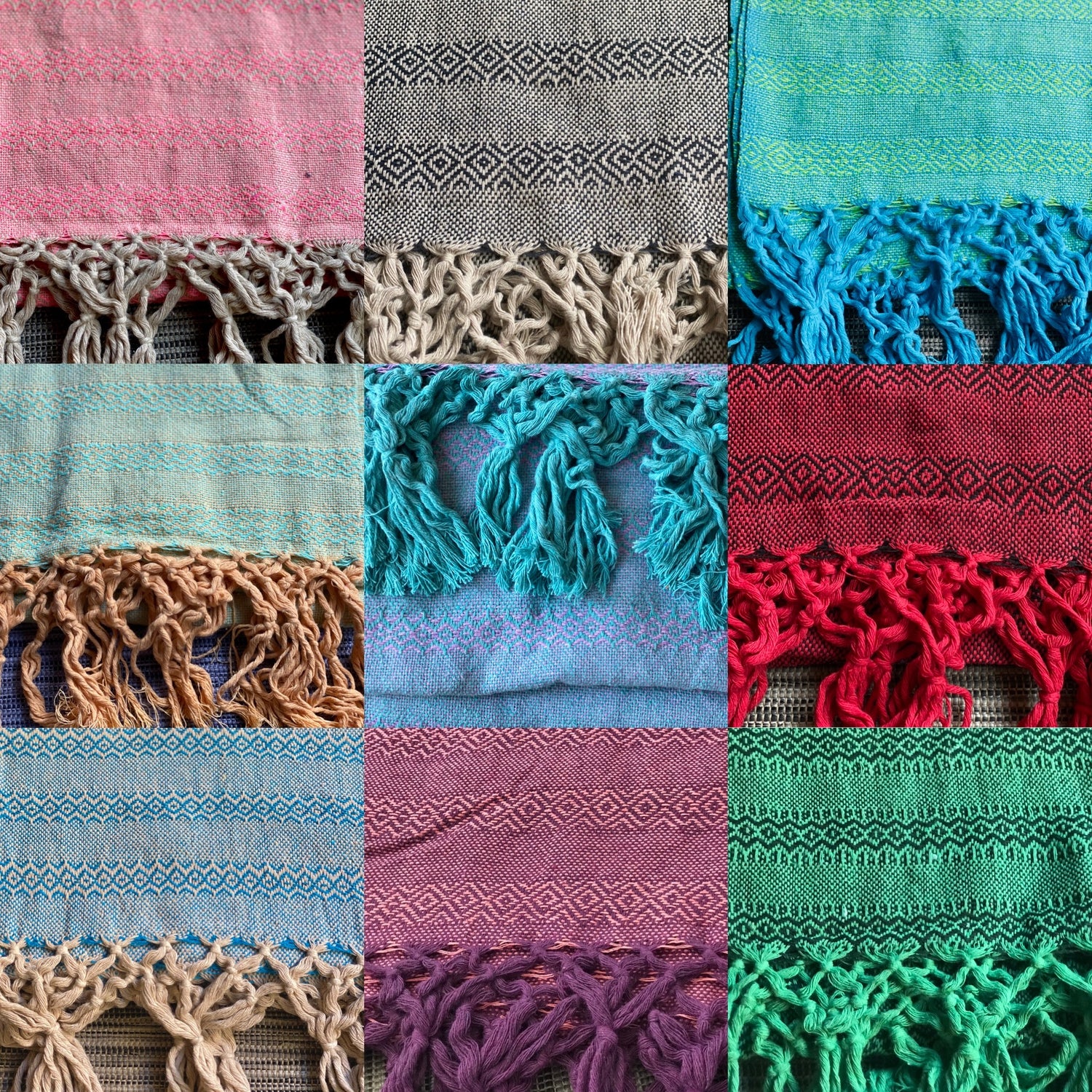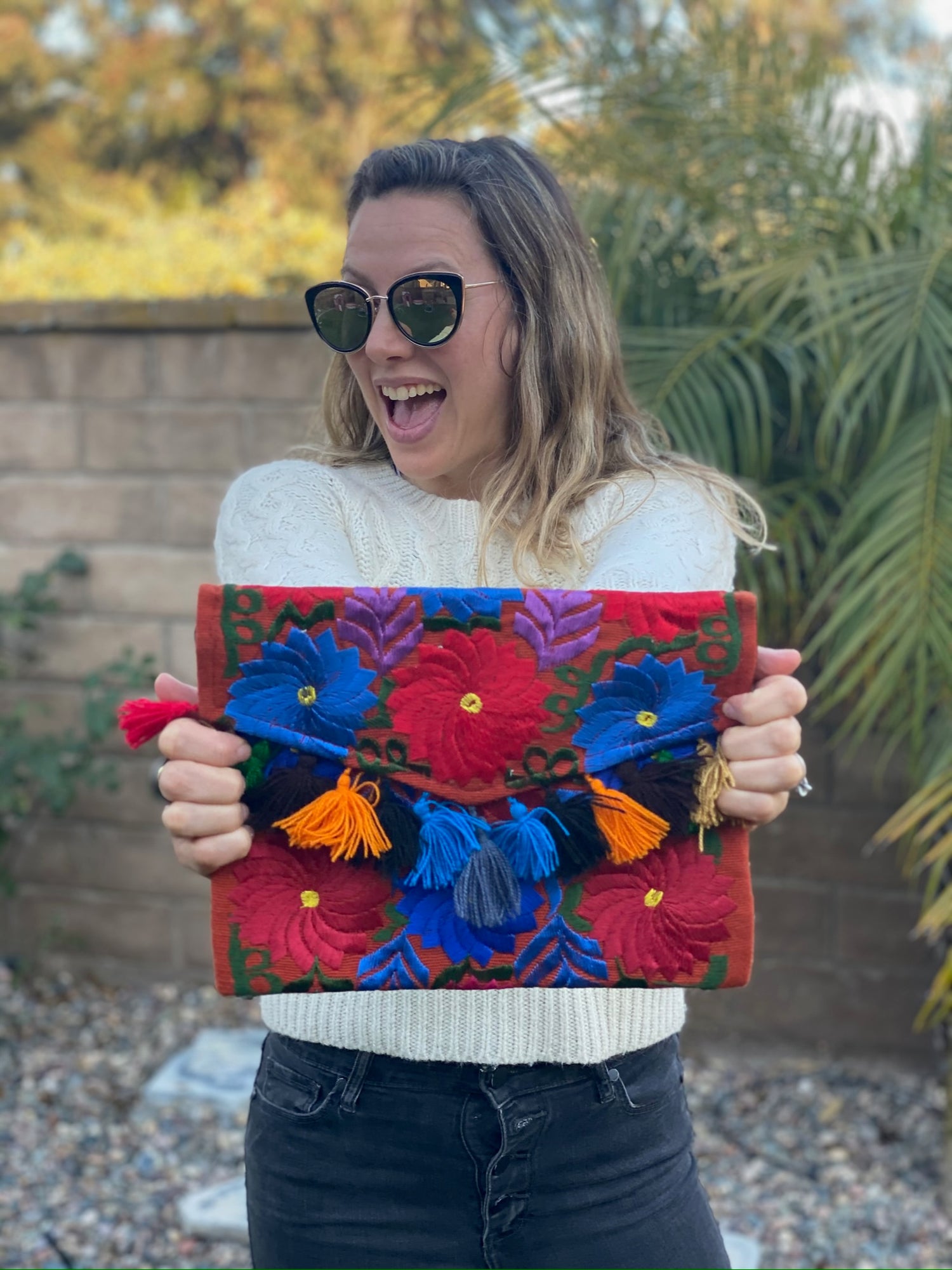A Mexican shawl is called a rebozo. This traditional garment has been a staple of Mexican culture for centuries, and is often worn by women as a sign of their cultural identity.
The rebozo is a long, rectangular piece of fabric that is draped over the shoulders and head, and can be used in a variety of ways. It is often worn as a shawl or scarf, and can be used to keep warm on chilly days or to add a pop of color to an outfit.
But the rebozo is not just a fashion accessory. It has also been used for practical purposes, such as carrying infants and other heavy items, and even as a tool for childbirth. In some indigenous communities in Mexico, the rebozo is used to support the weight of the baby during delivery, allowing the mother to move around and find a comfortable position.
The history of the rebozo goes back to pre-Columbian times, when it was worn by the indigenous people of Mexico. The word "rebozo" comes from the Spanish word "rebozar," which means "to wrap." Over time, the rebozo became a symbol of Mexican culture and was adopted by women of all social classes.
Today, the rebozo is still an important part of Mexican culture, and can be seen at traditional events such as weddings and religious festivals. It is also a popular souvenir for tourists visiting Mexico, and can be found in a variety of colors and patterns, from traditional hand-woven designs to modern, brightly-colored prints.
In addition to its practical and cultural significance, the rebozo has also become a symbol of Mexican feminism. In the 1970s, a group of Mexican women known as the "Rebozas Rojas" (Red Shawls) used the rebozo as a symbol of their resistance to male domination and their fight for women's rights.
The rebozo continues to be a beloved and important part of Mexican culture, and its unique history and significance make it a truly special garment. So next time you see a Mexican shawl, you'll know it's called a rebozo.




